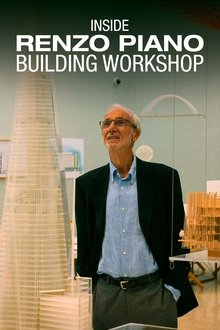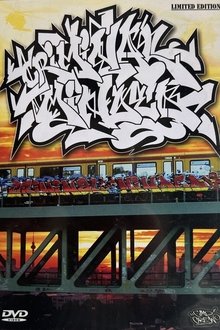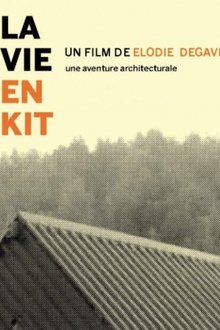A documentary focusing on the rebuilding projects in Berlin after the fall of the Berlin Wall.
Related Movies

Son of Torum (1989)
In the same vein as Meri's other documentations, this one takes advantage of the glasnost policy to discuss the social and ecologic impact of the Russian oil industry on the natives and the lands they inhabit.

Die Bauten Adolf Hitlers (1938)
Nazi Third Reich propaganda film that used architecture as a statement about "racial accomplishment," and so called "racial superiority." Hitler claimed that between 1934 and 1940, the Nazi rule of Germany had produced architectural uniqueness, and this film was produced to shown to attempt to validate that. The opening montage gives a survey of earlier Gothic and Baroque structures in the country as an example of "architectural superiority" that the German race was said to be the sole inventor of; then moves on to deride the recent construction of the Bauhaus school (with a racially motivated score of Jazz music) and an example of German "architectural decay." Then proceeds to show off buildings constructed by the Nazi and an architectural revival, to "last 1000 years," Film also spends a great of time dwelling on massive and "busy" monuments that had been erected all over the county.
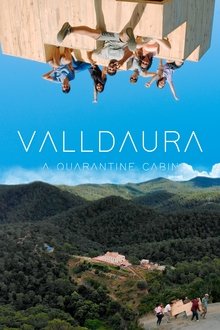
Valldaura: A Quarantine Cabin (2022)
A group of young architects, confined to a forest in Barcelona during the COVID crisis, explore the problems generated by the ambition of wanting to be completely self-sufficient.
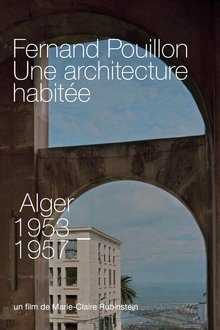
Fernand Pouillon, Une architecture habitée (2017)
In this documentary, Marie-Claire Rubinstein reveals to us, through the testimonies of the inhabitants who live there, the architectural achievements of the French urban planner Fernand Pouillon in Algiers. In particular the vast complexes of hundreds of social housing units, including the most famous Diar E Saâd (1953), Diar El Mahçoul (1954) and Climat de France (1957). The historical context, during the war of independence is related by the historian Benjamin Stora and Nadir Boumaza. This documentary also evokes the personality of Fernand Pouillon in a post-colonial context.

Sunny Lane (2011)
Berlin‘s past and future through the eye of an outsider - nothing but the naked truth by someone being torn apart by life and longing.
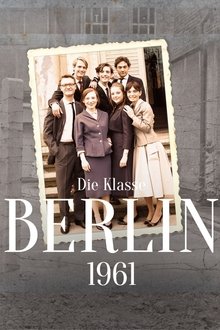
Die Klasse - Berlin '61 (2015)
In the motley final-year class 13e at Kepler School in Neukölln, children who have moved to the western part of the city legally as well as border crossers who live in East Berlin but commute to the West every day come together for lessons every day. After the school-leavers had completed their written exams in July 1961, they faced their oral exams after the summer vacation in September. But when the Berlin Wall was built in August, Berlin was divided and torn apart from one day to the next - including class 13e. The students from the eastern part of the city quickly have to make a difficult decision: should they attempt to cross the border or throw their dreams of the future to the wind?
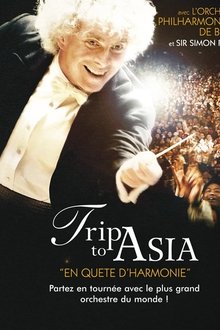
Trip to Asia: The Quest for Harmony (2008)
Journey with the musicians of the Berlin Philharmonic and their conductor Sir Simon Rattle on a breakneck concert tour of six metropolises across Asia: Beijing, Seoul, Shanghai, Hong Kong, Taipei and Tokyo. Their artistic triumph onstage belies a dynamic and dramatic life backstage. The orchestra is a closed society that observes its own laws and traditions, and in the words of one of its musicians is, “an island, a democratic microcosm – almost without precedent in the music world - whose social structure and cohesion is not only founded on a common love for music but also informed by competition, compulsion and the pressure to perform to a high pitch of excellence... .” Never before has the Berlin Philharmonic allowed such intimate and exclusive access into its private world.
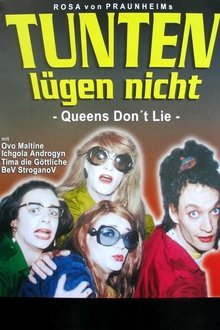
Queens Don’t Cry (2002)
Bosom buddies BeV StroganoV, Ovo Maltine, Ichgola Androgyn and Tima die Göttliche are four Berlin drag queens who met in the mid 1980s. These four queens became Germany’s most popular drag performers and have been busy fertilizing the German cultural scene. Besides being performers, they are also political activists – in AIDS awareness, anti-gay violence, the sex workers movement and the struggle against the extreme right and racism. The film tells their story.
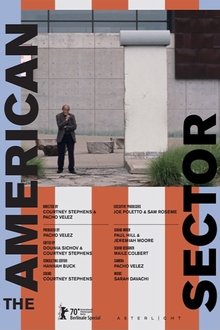
The American Sector (2020)
A documentary about the concrete sections of the Berlin Wall that have been acquired by institutions or individuals since 1989 and are now scattered across the USA. Cherished or abandoned, they have become silent witnesses to recent history.
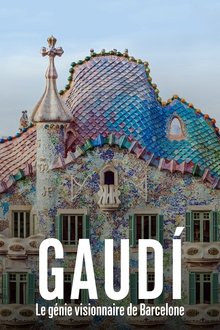
Gaudí, le génie visionnaire de Barcelone (2022)
In Barcelona, the Casa Batlló alone sums up the genius of Antoni Gaudí. During the exhibition devoted to it by the Musée d'Orsay, we take a guided tour of this eccentric, colorful residence, completed in 1906.
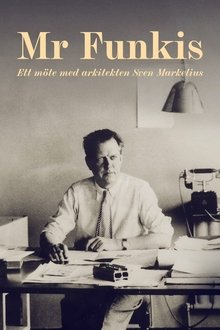
Mr Funkis (2022)
Based on a series of interviews documentary film maker Anders Wahlgren made with architect Sven Markelius in 1969. Sven Markelius was one of the most radical architects in Sweden for many years. Since these interviews were the only recorded interviews made with Markelius we can get some insight into his philosophy 50 years later.

The Good Shepherd (2006)
Edward Wilson, the only witness to his father's suicide and member of the Skull and Bones Society while a student at Yale, is a morally upright young man who values honor and discretion, qualities that help him to be recruited for a career in the newly founded OSS. His dedication to his work does not come without a price though, leading him to sacrifice his ideals and eventually his family.
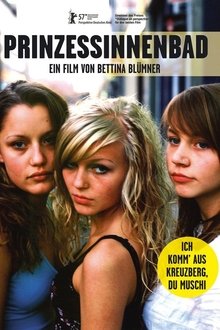
Prinzessinnenbad (2007)
A film about three teenagers - Klara, Mina and Tanutscha - from the Berlin district of Kreuzberg. The trio have known each other since Kindergarten and have plenty in common. The three 15-year-olds are the best of friends; they are spending the summer at Prinzenbad, a large open-air swimming pool at the heart of the district where they live. They're feeling pretty grown up, and are convinced they've now left their childhood behind.
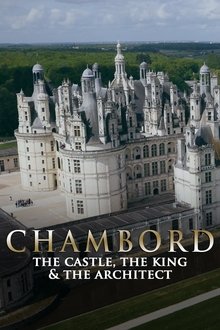
Chambord: The Castle, the King and the Architect (2015)
Chambord, the most impressive castle in the Loire Valley, in France, a truly Renaissance treasure, has always been an enigma to generations of historians. Why did King Francis I (1494-1547), who commissioned it, embark on this epic project in the heart of the marshlands in 1519? What significance did he want the castle to have? What role did his friend, Italian genius Leonardo Da Vinci (1452-1519) play? Was he the architect or who was?
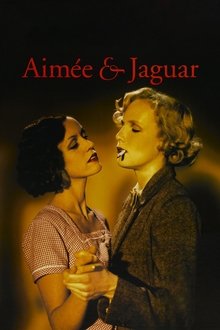
Aimée & Jaguar (1999)
In 1943, while the Allies are bombing Berlin and the Gestapo is purging the capital of Jews, a dangerous love affair blossoms between two women – one a Jewish member of the underground, the other an exemplar of Nazi motherhood.
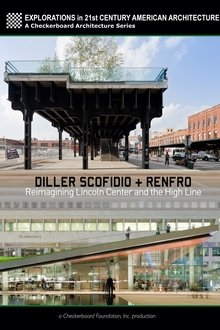
Diller Scofidio + Renfro: Reimagining Lincoln Center and the High Line (2013)
Diller Scofidio + Renfro has long been at the forefront of design with provocative exhibitions that blurred the boundaries between art and architecture. This film captures their extraordinary evolution and unique process in reimagining the public identities of Lincoln Center and the once derelict High Line railroad tracks.
